What is jasmine tea? Jasmine tea, one of the major types of flower tea in China, is made from jasmine flowers and fresh tea leaves, so it has both the aroma of jasmine flowers and the freshness of tea leaves. It is welcomed by its strong fragrance, fresh flavor, tender, and soft taste, and rich benefits including preventing cancer, resisting aging, relieving pain, and losing weight. Chinese jasmine tea was created 1,000 years ago in Fuzhou, Fujian, a southeast coastal province of China. Some of the famous brands include Dabaihao jasmine tea, Longtuanzhu jasmine tea, Yinzhen jasmine tea, Jinhua scented tea, and Suzhou jasmine tea.
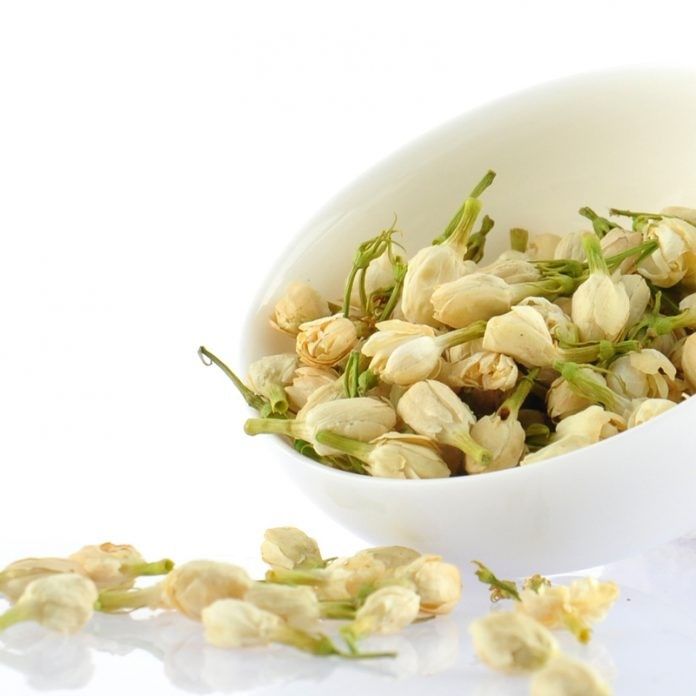
Chinese Jasmine Tea Benefits
1. Pain-relieving
The volatile oily substances in jasmine tea can help you relieve the thoracoabdominal swelling pain, making your body at ease
2. Antisepsis and Ati-inflammation
Jasmine tea can inhibit many kinds of bacteria. If you drink it and apply it to the inflamed area, you can recover from pinkeye, sore and ulcer, and skin ulceration
3. Beauty Effect
For ladies, developing the habit of having Chinese jasmine tea can help resist aging and relative problems such as facial dehydration and blemished skin to keep the skin clean, white, soft, and tender.
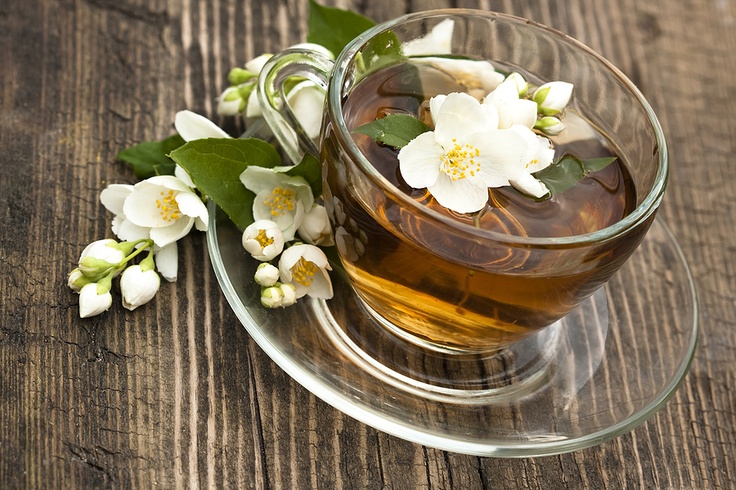
4. Cancer-preventing
On top of tea polyphenols and tea pigments, tea also contains selenium, molybdenum, manganese, germanium, etc. which can help in preventing cancer caused by the insufficiency of manganese and redundancy of copper in potable water. Jasmine green tea has been proven to reduce the risks of breast cancer, lung cancer, and many other diseases
5. Tiredness-allaying
Theine in tea can stimulate the central nervous system and play a role in driving off drowsiness, eliminating fatigue, enhancing vitality, and concentrating thinking
Side Effects of Excessive Drinking
1. It will make you feel hungry, or even dizzy.
2. It can harm your intestines and stomach digestion when you have it right after the meal.
3. It can cause calcium deficiency.
4. It can cause endocrine disorders and menstrual disorders in female
![]() Does Jasmine Tea Contain Caffeine?
Does Jasmine Tea Contain Caffeine?
Yes, it does. Although caffeine in jasmine tea is not as much as coffee, people with insomnia, hypertension, and arteriosclerosis are not recommended to drink heavy jasmine tea or drink too much
How to make Chinese Jasmine Tea
1. Dry Fresh Tea Leaves
They should be dried with fire between 100~120℃ to remove the stale flavor and excessive water.
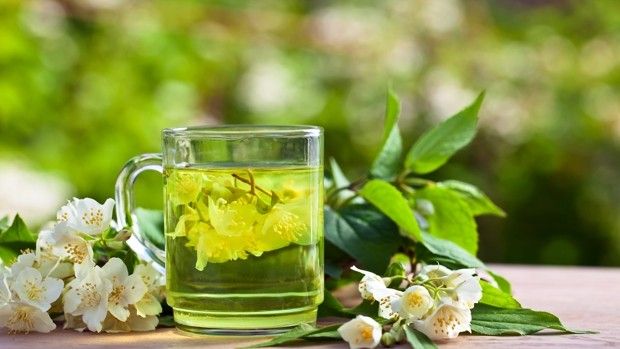
2. Pick Jasmine Flowers
There is a strict rule to pick jasmine flowers used to make jasmine tea. Jasmine bud that has double petals in the hot summer is the best. Rain-swept jasmine couldn’t be picked until the weather goes fine 1~2 days later. The best picking time is after 2 pm.
3. Mix the Tea Leaves and Jasmine Flowers
It should be down when both tea leaves and jasmine flowers are at normal temperatures. Lay one layer of tea leaves and one layer of jasmine flowers until several layers and then stir them well
4. Stack the Mixture to Unify the Fragrance
As time passes, the tea leaves gradually absorb the pleasant fragrance given off by jasmine flowers.
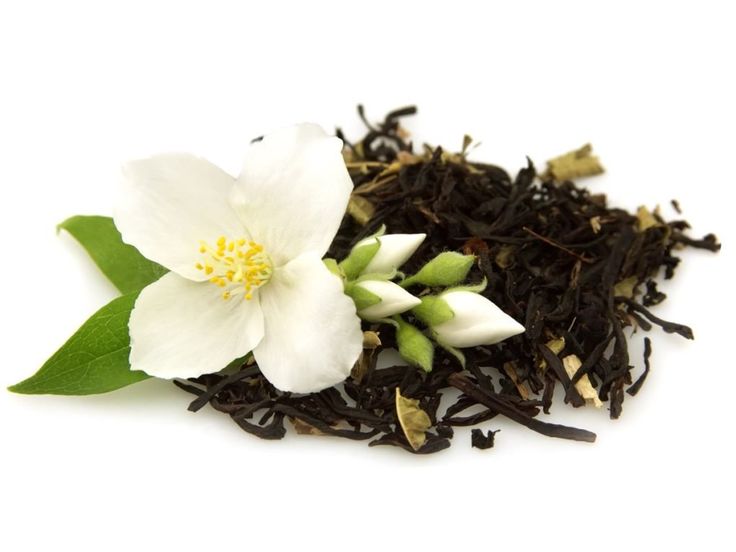
5. Flat the Mixure, Pick out the Jasmine Flowers, and Dry the Tea Leaves
This is because the tea leaves get moist after stacking
6. Repeat Step 3 and 4 for Several Times
This aims to enhance and unify the fragrance of tea leaves
7. Dry the Mixture Well for Longer Storage.
Some Chinese jasmine tea has no flowers inside because they are moved before the last step.
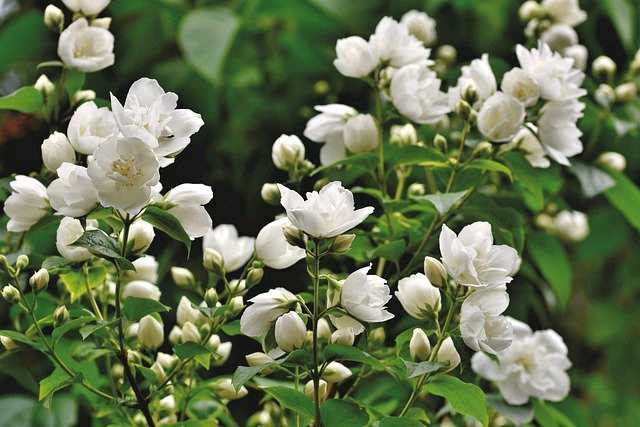
Jasmine Tea vs Green Tea
Jasmine tea has something in common with green tea because most jasmine tea is made of green tea leaves. But jasmine tea enjoys a stronger fragrance and more efficacies than green tea because of the addition of the jasmine flower. However, the processing of green tea is simpler than jasmine tea, which means its beneficial components are better preserved than jasmine tea.
